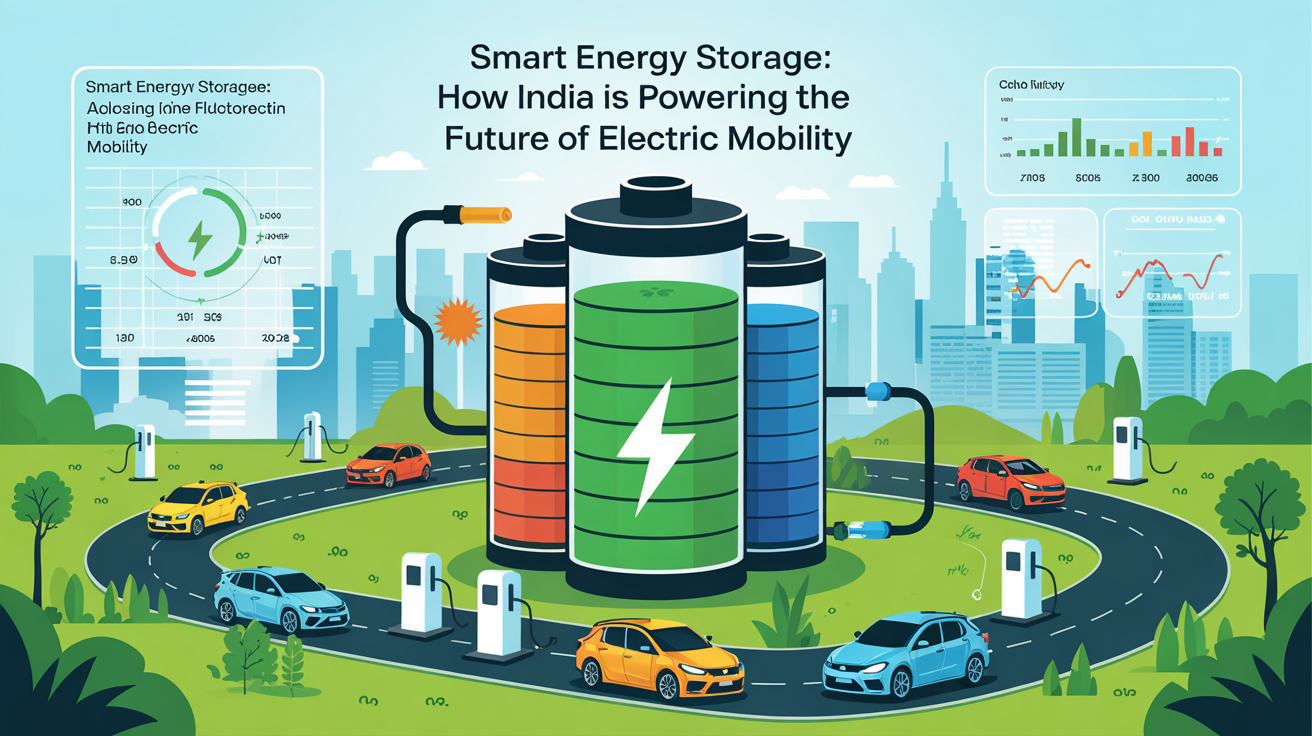The green hydrogen is a super clean fuel with immense possibilities, as it is presently viewed as the main contender for a world-transforming, sustainable energy source. The blog talks about the revolutionary energy step in the country, its benefits and challenges, its various Government initiatives, and the starting position for building the energy future of India.
Promotion in India for Green Hydrogen
India is moving to consolidate it from an energy perspective. It will reduce carbon emissions, and India will achieve improved energy security. With ambitious goals set under the National Green Hydrogen Mission, India is now positioning itself to emerge as one of the leading players in the global hydrogen economy.
4o
Also read our blogs: From Concept to Profitability: The Rise of EcoKraft Solutions
National Green Hydrogen Mission
To look ahead to the launch in 2023, the Indian government has earmarked over USD 2.4 billion (or 19,744 crore INR) as support. The aims behind the mission pertain to:
- To develop hydrogen supply chains and necessary infrastructure.
- To help develop production cost reductions via research and development and other innovation.
- To turn India into ‘a Global Hub for Hydrogen Exports.’
The Mission also intends to develop local manufacturing of electrolyzers, provide incentives for green hydrogen production, and foster linkages with other international hydrogen economies. States in India, such as Gujarat, Maharashtra, and Rajasthan, have so far come forward to spearhead huge hydrogen projects, create production hubs, and introduce investment-friendly policies.
Key Players in India’s Green Revolution Sector
Among the public and private sector companies operating in India, several projects are being pursued in green hydrogen:
- Indian Oil Corporation (IOC) – Plans to set up green hydrogen plants at refinery units under the green hydrogen program.
- Reliance Industries – Committing US$10 billion to green hydrogen and renewable energy projects.
- Adani Group – One of the largest green hydrogen production plants in the world will be developed.
- NTPC – Those pilot projects include hydrogen blending in power plants.
- GAIL – Research on hydrogen storage distribution technologies.
- Interest from foreign companies is developing, plus these global firms engage with Indian companies in collaborations: Total Energies, BP, and Siemens Energy.
Benefits of Green Hydrogen for India
1. Reducing Carbon Emissions
Green hydrogen can drive cuts in carbon emissions by difficult-to-abate sectors like steel, cement, and chemicals. The substitution of fossil fuel-based hydrogen will itself help India in lowering its carbon footprint, which is industrially based.
2. Energy Independence
With well over 85% of crude oil imported into India, hydrogen brought into the country will help reduce dependence on foreign energy sources. India’s hydrogen production will boost its energy security besides reducing trade deficit.
3. Enhancing Renewable Energy
This green revolution is a storage solution for energy and can aid in stabilizing the intermittent nature of solar and wind energy. When renewable energy generation is in surplus, hydrogen is generated; this hydrogen can be stored and utilized when the requirements arise.
Also read: Fueling the Future: Launching a Pea Protein Isolate/Concentrate Enterprise
Challenges of Green Hydrogen Adoption
1. No Infrastructure
India is void of hydrogen transport and storage infrastructure; therefore, investment must flow towards pipelines, fueling stations and storage facilities for uptake to proceed massively.
2. Water Usage Controversy
Electrolyzing hydrogen uses a considerable amount of water, which can be a restriction to developing hydrogen in already water-scarce locations. Setting up effective water management strategies is highly relevant to sustainable hydrogen production.
3. Regulatory and Policy Framework
A clear policy and regulatory framework would go a long way in providing the right incentives. So far, the government has initiated interventions, but further supportive measures should be undertaken to promote hydrogen production.
Read our blogs: Solar Panel Manufacturing: Powering the Future of Clean Energy
Growth
Key areas are
Hydrogen fuel cells will change the course of Indian mobility in the way hydrogen empowers buses, trains, and trucks- from diesel dependence to green mobility.
Industries such as steel, cement, and chemicals can use green hydrogen for carbon neutrality.
Blending with natural gas is piloting new ways to reduce emissions from conventional gases.
India has partnered with global players such as Japan, Germany, and Australia on hydrogen supply chains and export market development.
Developing low-cost electrolyzers through research to utilize alternative catalysts will bring hydrogen production costs down further.
Safety has been improved, and transportation has now become possible through techniques like the liquefaction of hydrogen and solid-state storage.
Closing considerations
The green hydrogen revolution is a unique opportunity for India to show the world how the transition in energy can happen. If supported by the government, technological advancements, and investment policy, India can reach these ambitious hydrogen goals. Challenges still exist, but it is possible to speed up the adoption of green hydrogen in India through further innovation and policy intervention. Relating to the next steps on hydrogen strategy, the future of this initiative will rest on public and private partnerships and global collaboration as much as on pledges for sustainability. If successful, India’s green hydrogen drive will set a standard for the world, where clean hydrogen fuels the next generation and catapults India to the forefront of the renewable energy revolution.









